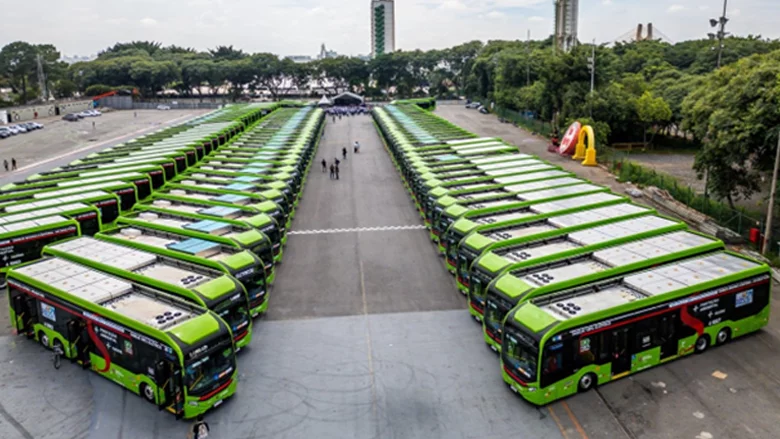Understanding travellers’ behaviour is key element in transportation planning. This article presents a route choice model for metro networks that considers different time components as well as variables related to the transferring experience, train crowding, network topology and socio-demographic characteristics. The route choice model is applied to the London Underground and Santiago Metro networks, to make a comparison of the decision making process of the users on both cities. As all the variables are statistically significant, it is possible to affirm that public transport users take into account a wide variety of elements when choosing routes. While in London the travellers prefer to spend time walking, in Santiago is preferable to spend time waiting. Santiago Metro users are more willing to travel in crowded trains than London Underground users. Both user groups have a similar dispreference to transfers after controlling for the time spent on transfer, but different attitudes to ascending and descending transfers. Topological factors presented on a distorted Metro map are more important than actual topology to passengers’ route choice decisions.











